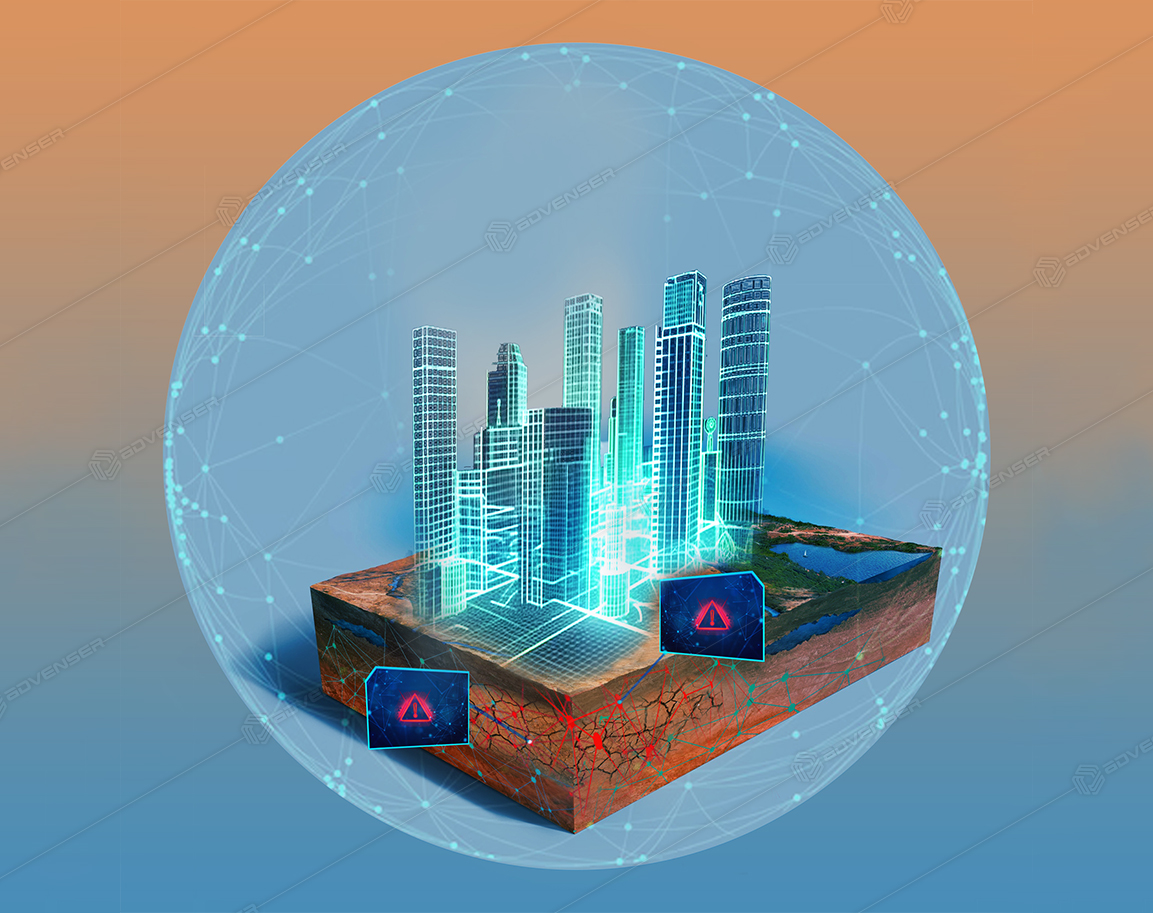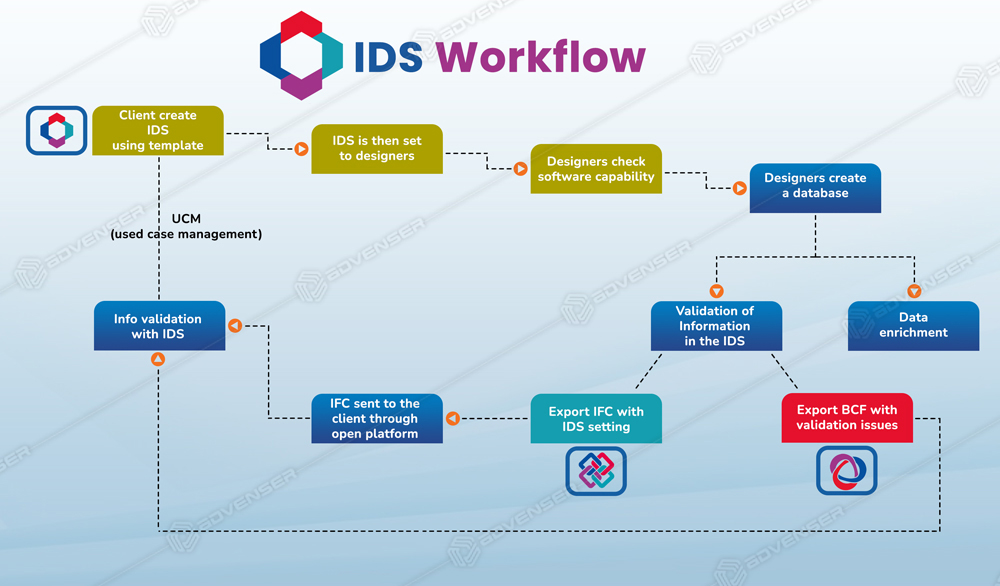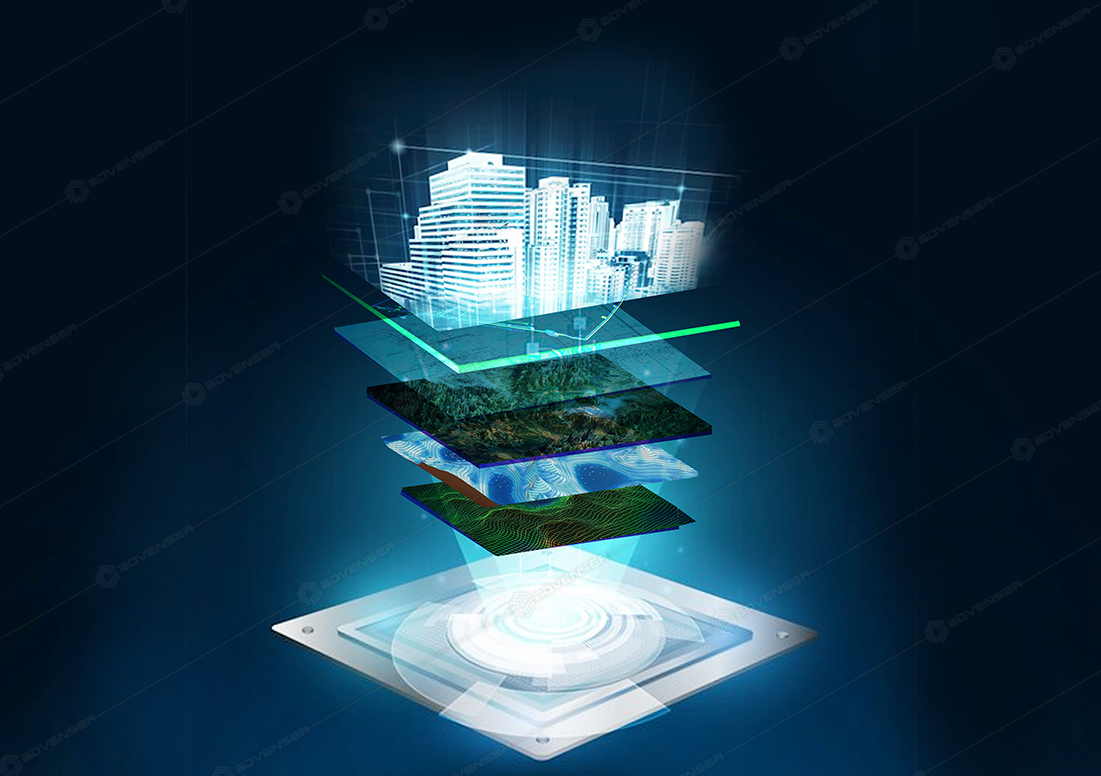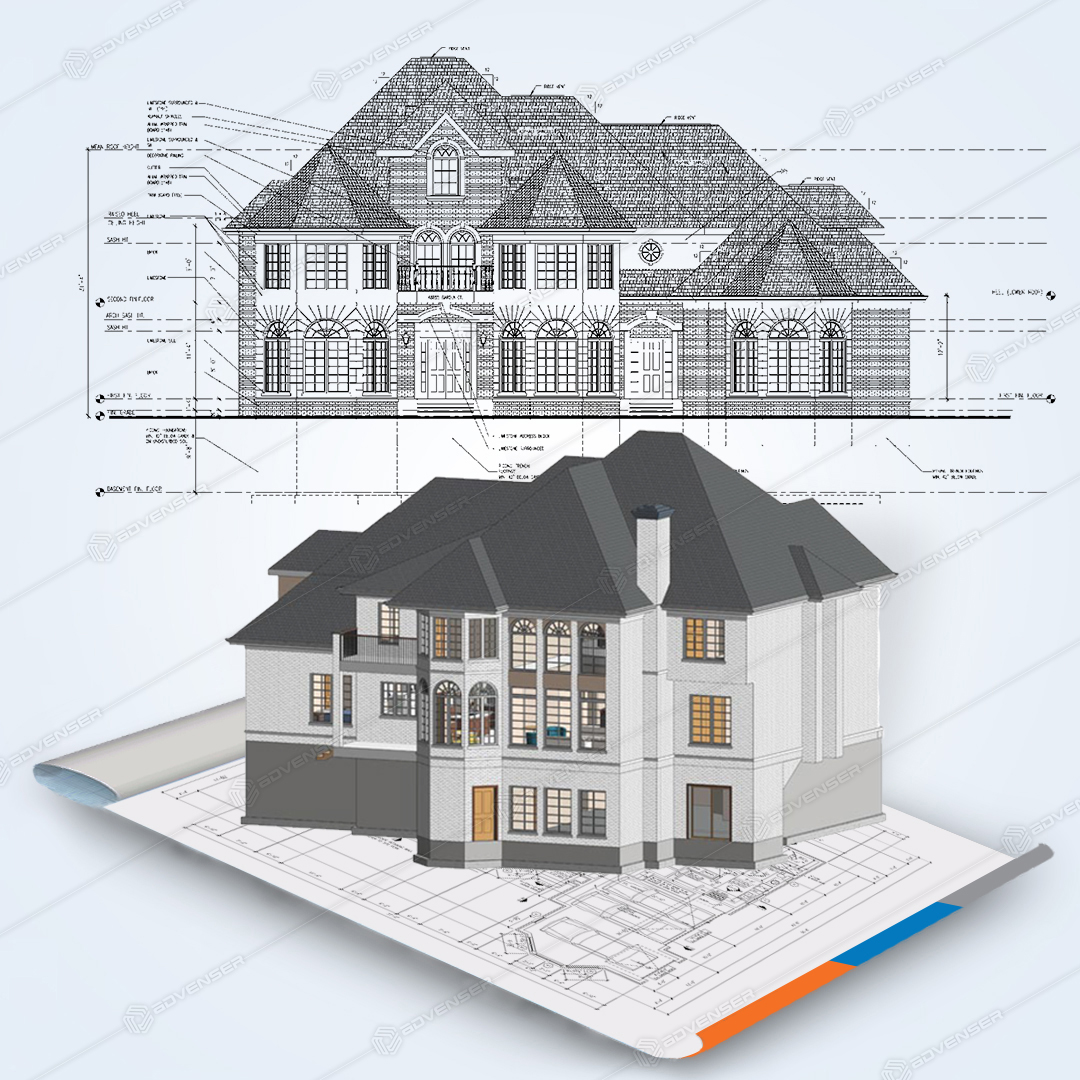Scan-to-BIM is the term often used these days in the BIM industry. There’s no doubt that Scan-to-BIM has made its way through and has become one of the most demanded and used technologies by the AEC members. Scan-to-BIM has emphatically influenced the AEC industry by speeding up the digital modeling (BIM) process- providing As-built BIM Models for retrofit, refurbishment, expansion, and renovation projects cost-effectively, curtailing project risks.
The current typical workflow for Scan-to-BIM involves the arduous task of scanning the edifice, taking the registered point cloud data, and turning them (modeling) into a deliverable – BIM models, incorporating required standards. All these activities are time-consuming and require human intervention.
What if the conventional Scan-to-BIM process could be automated and made smarter? Thanks to AI (Artificial Intelligence) and ML (Machine Learning), implementing smart conversion is now possible!
Firstly, let us understand AI and ML in brief…
Artificial intelligence is a technology which allows a machine or software to simulate human thinking and behavior. ML (Machine Learning) denotes the software’s ability to learn and improvise decision-making over time, impersonating human cognitive functions. AI is a multidisciplinary technology of which machine learning is a subset.
How do AI and ML empower the Scan-to-BIM process?

BIM software collects tons of point cloud data during 3D laser scanning. Distinguishing and identifying the pertinent data amongst these require highly proficient engineers. AI, in this case, can be utilized to ascertain objects/elements, and automate the process of scanning substantially faster. Not only does this expedite the process of 3D scanning; but it also diminishes the possibility of human errors.
ML on the other hand can be utilized by BIM software tools to learn from point cloud data and perceive patterns based on algorithms thus, making independent decisions thereby accelerating and improving the overall conversion process. This makes it easy to analyze the projects and mitigate risks involved at the same.
Let’s run through a quick small example of this with reference to a project scenario.
Imagine a point cloud data of a Living room with walls, ceilings, floor, and furniture. With the help of AI and ML, you can attain colored point cloud data matched to object classes like- Wall in red, Ceiling in Blue, Floor in Brown, Furniture in yellow, and so on. This can make it easy to visualize and navigate through the point cloud data for object identification and interpret elements to initiate modeling for the scanned data in BIM-compliant formats.
All this is possible once the scanned data is segmented using ML. By encrypting the distinct characteristics/properties of the surface of each of the elements, for example – dimensions, surface area, volume, orientation, etc. these properties are processed by a machine learning model which computes and labels the BIM objects like walls, floors, ceilings, etc. pertaining to each of the surfaces.
To elaborate, AI allows the user to input design standards and codes in the form of rules, so that the machine learning engine can create a feasible deliverable based on one’s needs. In Machine learning, the system will make the informed decisions based on observations and experience because ML has the ability to study algorithms and improve automatically. In order to make the system this capable and effective, evaluation of an ample number of predefined surfaces along with properties/characteristics is essential. This helps to store and label the elements of the building/edifice along with their attributes in an inventory called the classification database, which can be further used for upcoming projects. Thus, AI allows streamlining of the Scan-to-BIM processes, whereas, ML helps to execute these processes and make informed predictions for an efficient business.
In terms of Scan-to-BIM, these technologies can be applied to create floor plan designs, topography, etc. taking over the monotonous and tedious manual tasks. Many of the BIM software companies have started exploiting Artificial Intelligence & Machine Learning to boost the productivity and potential of their respective software. Some of these include- ScanX, deepfusion, Aurivus, Avvir, BIMERR.
What are the advantages of AI/ML-powered Scan-to-BIM?
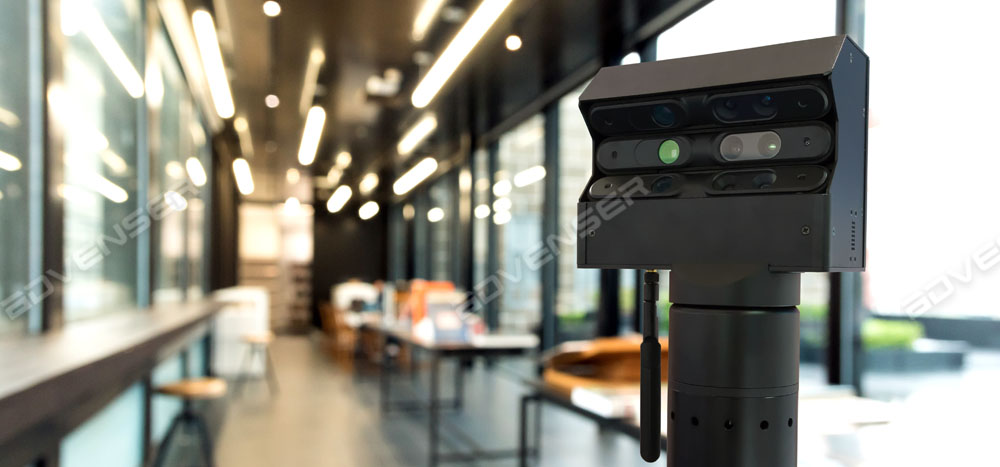
- The time-consuming & laborious routines or tasks involved in the Scan-to-BIM modeling process can be cut down providing quick, and yet accurate results with millimeter accuracy.
- The output achieved is reliable and cogent unsusceptible to human errors.
- A high level of automation can save time and improve productivity and provide more robust deliverables.
- Rework and rework-related costs can be prevented.
- The ability to update and improve, thereby persistently helping in delivering efficient, customized, and effective solutions.
- Predictive analytics helps to identify risks and eliminate them.
- The output acquired is compatible to be used with any BIM applications.
Along with AI and ML, technologies like- Robotics, deep learning, SLAM and mobile scanning, drones, AR/VR are likely to influence the future of construction by integrating with Scan-to-BIM procedures, thereby enhancing it.
A common trepidation about such evolving technologies like Artificial Intelligence, Machine learning, etc. in the AEC industry that arises in one’s mind is- Will such technologies eliminate the need for humans in project delivery or for laborers on-site? The answer to this is, NO! These technologies, instead of eliminating or replacing the human workforce, help them to fulfill their duties more efficiently. In other words, these imminent technologies improve the efficiency of current workflows and resources. The cumbersome and time-taking activities are taken over by these technologies letting the workforce focus on the activities requiring their utmost attention. There is no doubt that these technologies make the best of human abilities, to offer better output than without.
The blend of Scan-to-BIM with AI/ML is noteworthy and is expected to see a wide array of industry applications in the coming days. The advancements in the existing applications have come a long way, but there is still far more potential to be unleashed by AI/ML. The real success lies in pacing ahead and embracing these technologies to generate productive outputs. You never know what’s next, as we are living in an era wherein technology testifies that everything is possible!



